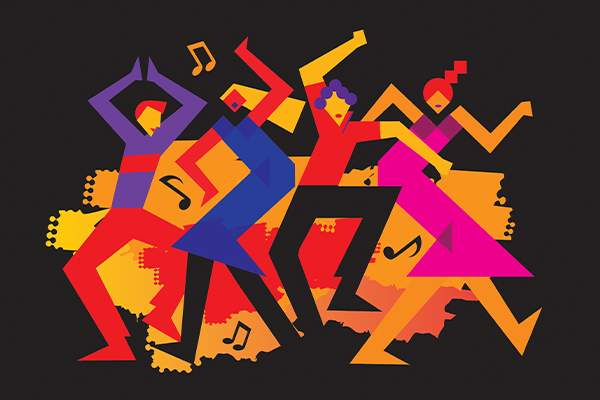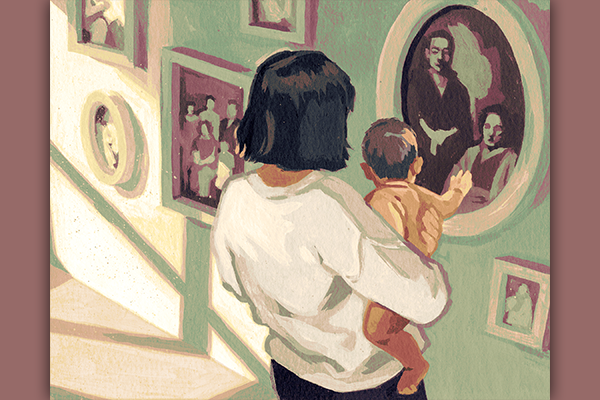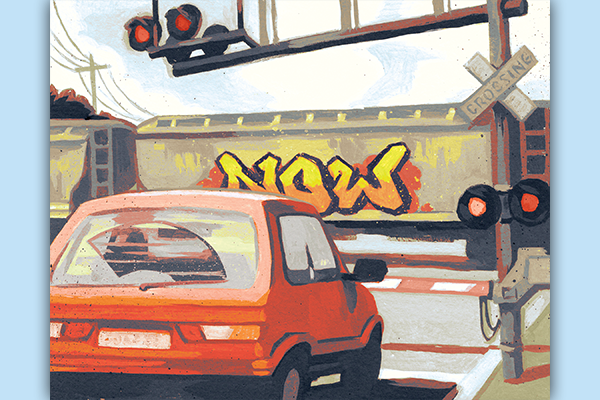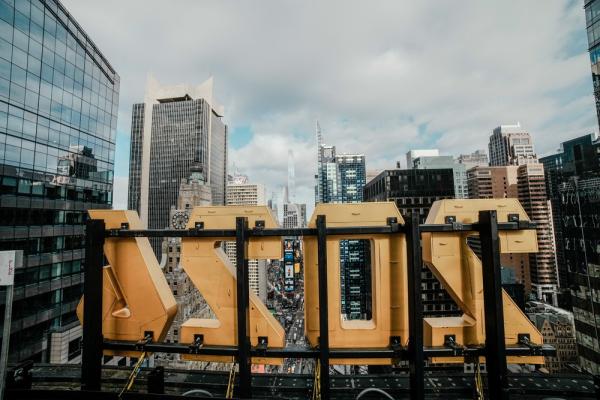IN HIS BOOK God’s Politics, Jim Wallis tells the story of his trip to South Africa during the apartheid era. During his trip, Wallis attended an ecumenical service at St. George’s Cathedral in Cape Town. While Archbishop Desmond Tutu was preaching, South African police entered the church — carrying recording devices to monitor for any anti-government sentiment — to intimidate the congregation and the anti-apartheid activists. Undeterred, Tutu reportedly continued to preach joyfully, becoming even more passionate in his truth-telling against apartheid. Moments later, the crowd spontaneously erupted in dancing and celebration.
Joy, in the form of dance, may have seemed inappropriate for the moment, but it was really a coded form of resistance and revolution. Even if dancing is not our forte, there is something we can learn from the way the congregation used this subversive, embodied art form.
Embodied joy has a particular place in the life of a faith activist. For those living at the intersection of contemplation and action, embodied joy is a mystery. In this mystery, the burdens of injustice can intersect with a buoyancy of spirit and uncertainty can meet with unabashed celebration, synchronizing body and soul in movement. Embodied joy is a spontaneous party initiated in faith — even when we know that the results of our work for justice might not be seen in this lifetime. This nondualistic form of ecstatic contemplation in action is a protective coat against the indignities of empire.
My African ancestors knew something about this complex integration of joy in the fight for dignity and liberation. More than 400 years ago in Puerto Rico, enslaved Africans created a music form called Bomba, which combined dance and call-and-response with songs of resistance and resilience. In Brazil, enslaved Africans created a dance called Capoeira. Unbeknownst to their enslavers, Capoeira was really a martial art form coded in dance moves, simultaneously holding spirituality and musicality.
How can we learn joy and dance as resistance in ways that are authentic? Where can we practice our two-step for justice? I’ve learned my moves from those deeply affected by unjust systems. I work at Exodus Transitional Community alongside people who have been directly impacted by the criminal justice system. Every morning, we have something called “spiritual awakenings,” a “hush harbor” where people share stories of liberation. Sometimes they dance spontaneously. Sometimes they read inspirational quotes. This is a space where dignity is affirmed amid a carceral system that tries its best, even after incarceration, to take it away.
I find we learn by becoming curious about how people directly impacted by broken systems find joy amid their circumstances. And real healing happens when they teach you how to come to a fight: not with a weapon, but with a two-step and a twirl.
May we too dance for justice. Whether we do spontaneous movements or a choreographed soul-train line, we’ll find that movement can be medicine, resistance, and code. Perhaps we can even follow in the footsteps of Archbishop Tutu, who some time later was seen dancing jovially — around the ballot box in 1994, during South Africa’s first free election.
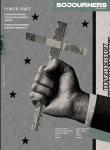
Got something to say about what you're reading? We value your feedback!
